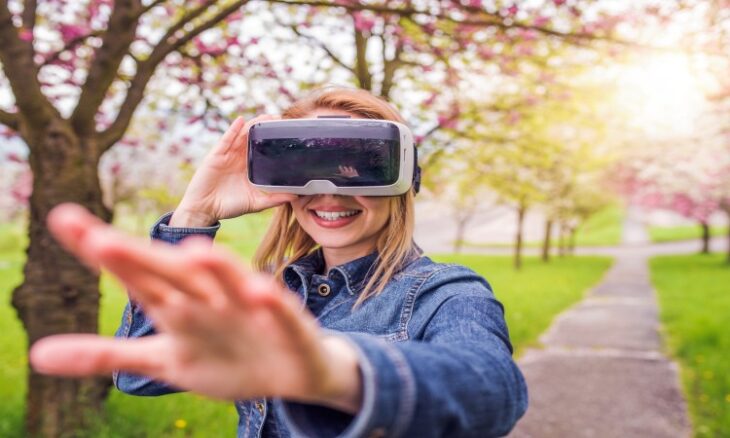Virtual Reality Parks Reshape City Leisure
Virtual reality parks are steadily transforming the entertainment landscape in central United States cities, offering visitors experiences that merge technology, culture, and leisure in entirely new ways. These centres combine digital projections, advanced effects, and interactive simulations to provide immersive encounters that go far beyond conventional pastimes. From Manhattan to Los Angeles, such venues are setting the tone for the future of urban recreation.
In New York, VR World® NYC has emerged as the largest virtual reality entertainment venue in North America. Spread across three floors and featuring an integrated bar, the centre delivers more than fifty different experiences. Its offerings range from single- and multiplayer games to interactive art installations and documentary-inspired cinema. The venue’s combination of play, social interaction, and digital culture provides visitors with the opportunity to enjoy a full day of activity without repetition.
On the opposite coast, Los Angeles is home to another pioneering concept. Situated in the downtown Arts District, Two Bit Circus defines itself as a “micro amusement park”. The venue reinvents the traditional fairground atmosphere by embedding it within the framework of cutting-edge VR technology. The project has succeeded in drawing attention from both cultural critics and general audiences, positioning itself as an innovative alternative to more familiar entertainment options.
Technological experts classify these facilities under the category of Location-Based Entertainment (LBE). This term encompasses physical venues where visitors engage in immersive environments created with VR, AR, and complex visual effects. Unlike home-based entertainment, LBEs focus on social and educational dimensions in addition to offering playful interaction, thereby setting themselves apart as hybrid cultural and recreational spaces.
The influence of this trend extends well beyond purpose-built VR parks. Major institutions, including museums and large event centres, are increasingly incorporating virtual and visual effects into their exhibitions and attractions. This blending of culture and digital technology is transforming the way audiences engage with public spaces, introducing new forms of storytelling and interaction.
Studies published in both scientific and professional journals highlight that the growth of VR environments should not be considered purely a matter of entertainment. Research points to their considerable potential in the realms of education and professional training. Immersive narrative settings have been shown to enhance motivation and improve retention, while also facilitating interactive learning. A striking example is the use of VR escape room scenarios to teach complex subjects such as building energy simulations. These initiatives combine entertainment with rigorous technical instruction, suggesting that the applications of virtual reality extend far beyond leisure alone.
The emergence of these venues in cities like New York and Los Angeles illustrates how the boundaries between the digital and the physical are becoming increasingly blurred. Virtual reality parks are not only reshaping how people entertain themselves but also redefining opportunities for collective learning and cultural participation. For observers of technological innovation and urban culture, these projects are more than fleeting novelties; they represent a present reality that signals a clear trajectory for the future of shared leisure, education, and social connection.










